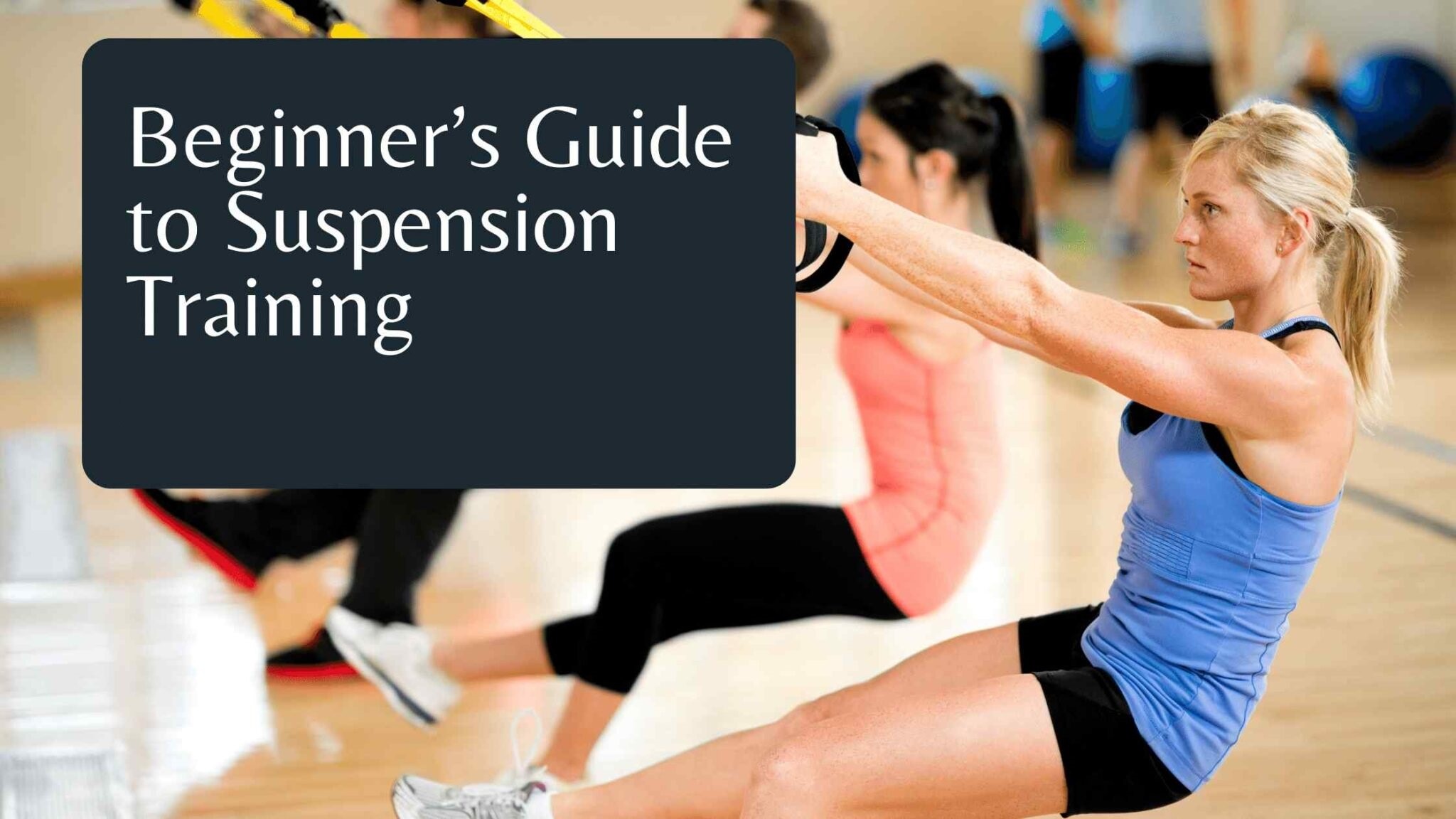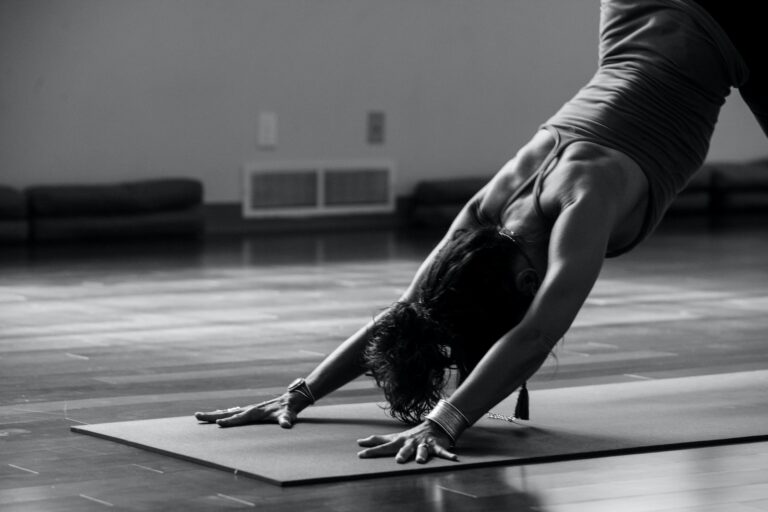The Science Behind High-Intensity Interval Training (HIIT) Workouts
Are you tired of spending hours on the treadmill or stationary bike with little results? Look no further than High-Intensity Interval Training, or HIIT workouts. This intense and efficient exercise method has skyrocketed in popularity for its ability to burn fat, increase endurance, and improve overall fitness levels.
But what exactly makes this type of workout so effective? In this blog post, we’ll explore the science behind HIIT workouts and why they are becoming a go-to choice for anyone looking to take their fitness routine to the next level.
Introduction to HIIT

HIIT workouts are a popular type of workout that alternate periods of high-intensity exercise with periods of rest or low-intensity exercise. HIIT has been shown to be an effective way to burn fat, improve cardiovascular fitness, and help improve insulin sensitivity.
While HIIT workouts can be done using any type of exercise, they are often done using bodyweight exercises, sprints, or other exercises that can be done at high intensity.
The most important part of a HIIT workout is the intensity. The periods of high-intensity exercise should be intense enough that you are breathing hard and your heart rate is elevated. The periods of rest should be long enough to allow your heart rate to recover before starting the next period of high-intensity exercise.
A typical HIIT workout might look something like this:
Warm-up: 5 minutes of easy aerobic activity
HIIT: 30 seconds of sprinting followed by 1 minute of walking or jogging; repeat 8 times
Cool-down: 5 minutes of easy aerobic activity
You can also adjust the length and intensity of your HIIT workout to meet your fitness goals. You can increase or decrease the length of a period of high-intensity exercise or rest, as well as increase or decrease the intensity of a period of high-intensity exercise.
Benefits of High Intensity Interval Training (HIIT)
HIIT workouts are a great way to get in shape and improve your cardiovascular health. But what are the other benefits of HIIT?
- HIIT can help you lose weight.
If you’re looking to lose weight, HIIT is a great option. HIIT workouts help you burn more calories in a shorter amount of time, which can lead to weight loss.
- HIIT can improve your aerobic capacity.
HIIT workouts can help improve your aerobic capacity, which is the amount of oxygen your body can use during exercise. This is beneficial for endurance athletes who need to be able to sustain their activity for long periods of time.
- HIIT can increase your anaerobic threshold.
HIIT can also help increase your anaerobic threshold, which is the point at which your body starts to produce lactic acid. This is beneficial for athletes who need short bursts of energy, such as sprinters.
Improved Heart Health
HIIT workouts have been shown to improve heart health in a number of ways. One study showed that HIIT was more effective than traditional endurance training at improving cardiovascular function in people with coronary artery disease. This is likely due to the fact that HIIT workouts help increase the size and function of the left ventricle, the chamber of the heart responsible for pumping blood to the rest of the body.
In addition, HIIT has been shown to decrease blood pressure and resting heart rate, two markers of good heart health. This is likely due to the fact that HIIT workouts help improve blood vessel function and reduce inflammation throughout the body. Finally, HIIT has also been shown to improve cholesterol levels by increasing HDL (good) cholesterol and reducing LDL (bad) cholesterol.
Weight Loss
Interval training, which alternates between brief periods of very intense activity and active recovery, has been shown to be an effective workout strategy for improving cardiovascular fitness and promoting weight loss.
When it comes to weight loss, HIIT has been shown to be more effective than other types of exercise because it burns more calories in a shorter amount of time and helps to keep your metabolism elevated for hours after your workout.
While HIIT workouts can be challenging, they are also very efficient and can be done in a relatively short amount of time. If you’re looking to Burn fat, lose weight, and get fit, HIIT is definitely worth trying!
Increased Energy Levels
Interval training, also known as HIIT workouts, refer to a type of exercise that alternates between short bursts of high-intensity activity and brief periods of rest or low-intensity activity. This type of workout has been shown to be more effective at burning fat and increasing energy levels than traditional, longer duration cardiovascular exercise.
The science behind interval training is that it takes advantage of the body’s natural ability to store and use energy more efficiently. When you exercise at a steady state, your body eventually reaches a point where it can no longer keep up with the demand for energy and begins to break down stored energy reserves (fat and muscle).
Interval training forces your body to constantly adapt to changing conditions, which causes your body to become more efficient at using energy. As your body becomes more efficient, you’ll notice increased energy levels both during and after your workouts.
If you’re looking for a workout that will help you burn fat and increase your energy levels, interval training is a great option. And because it’s less time consuming than traditional cardio, it’s perfect for busy people who don’t have hours to spend at the gym.
Science behind HIIT Workouts
High-intensity interval training (HIIT) workouts are all the rage these days, but what is the science behind them? HIIT workouts alternate periods of high-intensity exercise with periods of low-intensity or rest, and have been shown to be more effective than traditional cardio in terms of both calorie burning and improving cardiovascular health.
But why is HIIT so effective? One reason is that it takes advantage of something called the “afterburn effect.” When you do a HIIT workout, your body continues to burn calories at an increased rate for hours afterwards. This is because HIIT workouts put your body into an oxygen debt, which causes your body to release hormones that increase your metabolism.
In addition, HIIT workouts are thought to be more effective than traditional cardio in terms of improving cardiovascular health. This is because HIIT workouts train your heart and lungs to work more efficiently by forcing them to adapt to periods of high intensity followed by periods of recovery. over time, this can lead to improved cardiovascular function.
Metabolism Boosting Effects of HIIT Workouts
Most people are familiar with the phrase “high-intensity interval training,” or HIIT. HIIT workouts are a type of exercise that alternate between very short bursts of high-intensity activity and periods of low-intensity activity or rest. The term “high-intensity” can vary depending on a person’s fitness level, but generally refers to working at around 80-95% of maximum effort.
HIIT workouts have become increasingly popular in recent years as more research has been conducted on their efficacy. HIIT workouts have been shown to be particularly effective at improving rates of fat oxidation, or the burning of fat for energy. In one study, HIIT was shown to increase fat oxidation rates by 36% when compared to moderate-intensity continuous training (MICT).
HIIT workouts are also thought to be more effective than MICT at preserving muscle glycogen, which is important for athletes who need to perform at a high intensity for extended periods of time. Furthermore, HIIT has been shown to improve VO2 max (a measure of maximal oxygen uptake), anaerobic threshold, and work economy in trained athletes. Work economy is a measure of how efficiently an athlete can perform a given task and is important for athletes who need to maintain a high level of performance over long distances.
Overall, HIIT workouts appear to be more effective than MICT at improving both aerobic and anaerobic fitness parameters.
Physiological Benefits of HIIT Workouts
HIIT workouts offer a number of physiological benefits, including improved cardiovascular function, increased muscle endurance, and better fat burning.
- Improved Cardiovascular Function
HIIT workouts provide an excellent way to improve your cardiovascular health. In fact, one study showed that just eight weeks of HIIT training was able to significantly improve cardiovascular function in young adults (1). The beneficial effects of HIIT on cardiovascular health are thought to be due to the combination of intense bursts of activity followed by brief periods of recovery. This type of training is believed to stimulate the growth of new blood vessels and increase mitochondria content in muscles (2, 3).
- Increased Muscle Endurance
In addition to improving cardiovascular function, HIIT workouts can also help to increase muscle endurance. One study showed that just four weeks of HIIT training was able to significantly improve leg muscle endurance in young adults (4). The beneficial effects of HIIT on muscle endurance are thought to be due to the repeated bouts of high-intensity activity, which leads to an adaptation in the muscles that allows them to better tolerate future exercise sessions (5).
- Better Fat Burning
HIIT workouts have also been shown to be more effective than traditional aerobic exercises at promoting fat loss. One study found that HIIT training resulted in significantly greater reductions in body fat than moderate-intensity continuous training (6). The fat-burning effects of HIIT are believed to be due to the higher levels of intensity involved, which leads to a more sustained increase in metabolism and fat utilization (7).
Popular HIIT Exercises
There are a number of popular HIIT exercises that you can incorporate into your workout routine. Some of the most popular HIIT exercises include:
-Sprints: Sprints are a great way to get your heart rate up and burn calories quickly. You can sprint for a set distance or time, or even do sprint intervals by alternating between running and walking.
-Jumping jacks: Jumping jacks are a simple but effective way to gets your heart pumping and body moving.
-Burpees: Burpees are a full-body exercise that will really get your heart rate up. They can be done at a slow or fast pace, depending on your fitness level.
-Mountain climbers: Mountain climbers are another excellent full-body HIIT exercise. They work your arms, legs, and core all at once and can be done at different speeds to varying degrees of intensity.
Tips for Getting Started with HIIT Workouts
When it comes to HIIT workouts, there are a few things you need to keep in mind to get started on the right foot. First and foremost, HIIT workouts are not for everyone. They are high intensity by nature and therefore require a certain level of fitness to complete. If you’re not comfortable with pushing your body to its limits, then HIIT may not be the right workout for you.
Another thing to keep in mind is that HIIT workouts should be done in intervals. This means that you will be working at max capacity for a short period of time followed by a rest period. The ratio of work to rest will vary depending on your fitness level, but a general rule of thumb is 1:2 – meaning you work for 20 seconds and rest for 40 seconds.
Finally, when starting out with HIIT workouts, it’s important to listen to your body. Don’t push yourself too hard too soon – gradually increase the intensity and duration of your intervals as your fitness level improves. And if at any point you feel like you’re pushing yourself too hard, take a break or cut the workout short. Remember, the goal is to improve your fitness level, not injure yourself.
Sample Workout Plans
If you’re like most people, you probably don’t have a lot of time to spend at the gym. That’s where high-intensity interval training (HIIT) comes in. HIIT is a type of exercise that alternates between short bursts of intense activity and brief periods of recovery. This makes HIIT workouts more effective than traditional workouts, and they can be done in less time.
There are many different ways to structure a HIIT workout. Here are three sample workout plans to get you started:
Workout 1: Warm up for 5 minutes by walking or jogging at a moderate pace. Then alternate between 30 seconds of sprinting and 1 minute of walking for 20 minutes. Cool down with 5 minutes of walking or light jogging.
Workout 2: Warm up with 5 minutes of jumping rope or light calisthenics. Then alternate between 30 seconds of all-out effort and 1 minute of rest for 20 minutes. Cool down with 5 minutes of stretching or light calisthenics.
Workout 3: Warm up with 5 minutes of light cardio (e.g., riding an elliptical machine). Then do 8 rounds of the following circuit, resting for 60 seconds after each round:
20 seconds of sprinting
10 seconds of jumping jacks
10 seconds of burpees
5 seconds of rest
Cool down with 5 minutes of light cardio (e.g., riding an elliptical machine).
Conclusion :
We have discussed the science behind high-intensity interval training and why it is an increasingly popular workout choice. Through HIIT, you can both jumpstart your fitness journey with fast results as well as improve your overall health through increased strength and endurance. Ready to give HIIT a try? Before diving into any strenuous activities, it’s always important to check in with your doctor and understand how this type of workout will work for you specifically. With that said, get out there and push yourself—the rewards may just surprise you!







4 Comments